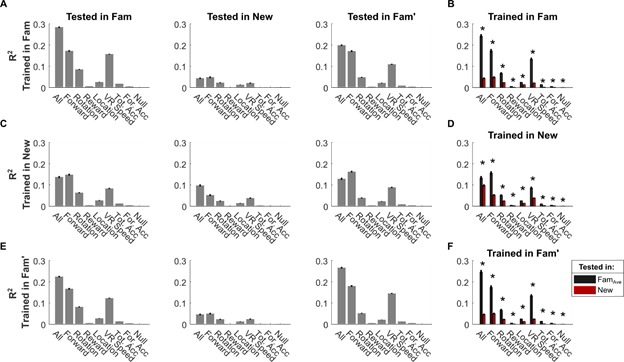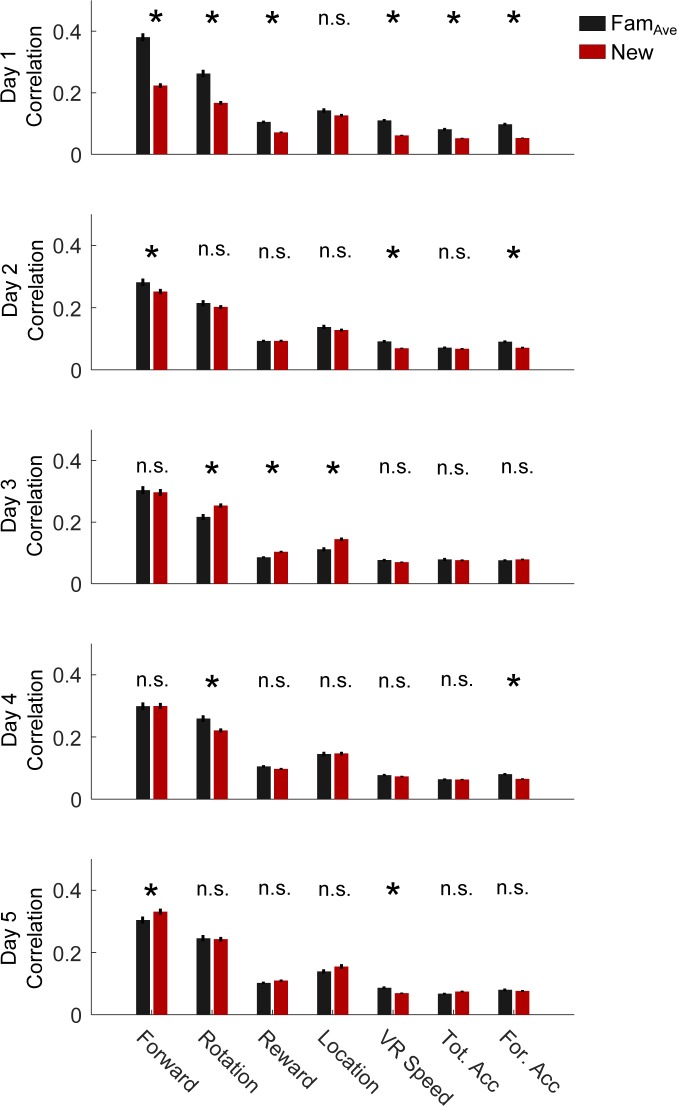Figure 3. Decreased SOM-int activity in New is not explained by altered behavior.
(A) Gaussian general linear models (GLMs) for individual SOM-ints were trained to predict calcium activity as a function of locomotion, VR movement, and rewards in Fam. In New, modeled ΔF/F (black) is larger than actual ΔF/F (colored traces), indicating that the suppression of activity is greater than that predicted from the model (using example mouse [SOM 5]). Note that mice can move on the ball but not change their VR position, as seen here shortly after transition into New. This occurs when animals ‘run’ directly into a VR wall so that they are stationary in VR but still moving. (B) Model fits are significantly worse in New versus FamAve based on average Root Mean Square (RMS) error (lower errors mean better model fit). (C) The average amount of variance (R2) capturedby model also shows worse model fit in New (greater R2 means better model fit) (*p<0.001 by paired sample t-test Bonferroni-Holm corrections, N = 10, n = 209).
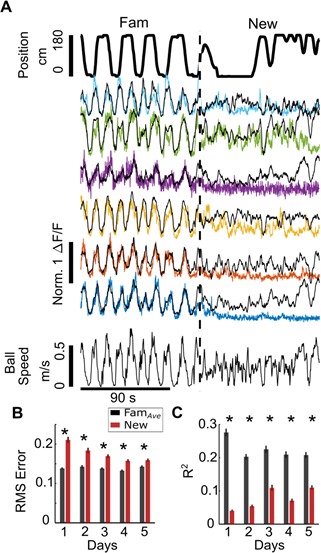
Figure 3—figure supplement 1. Behavioral variables are poorly correlated with SOM-int activity in New.
Figure 3—figure supplement 2. SOM-int GLM performance in different environments.
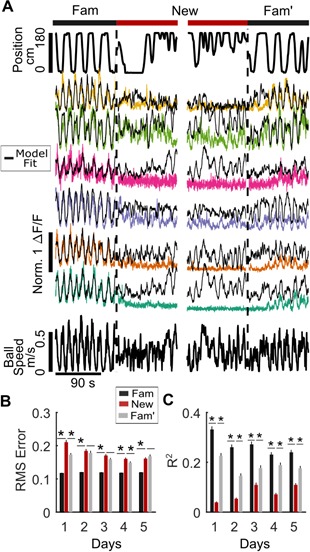
Figure 3—figure supplement 3. Locomotion variables strongly contribute to SOM-int model fits.
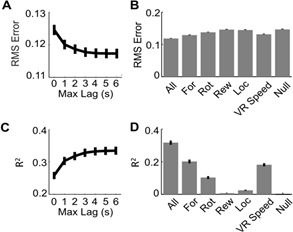
Figure 3—figure supplement 4. Behavioral variables poorly estimate SOM-int activity in New on Day 1.
